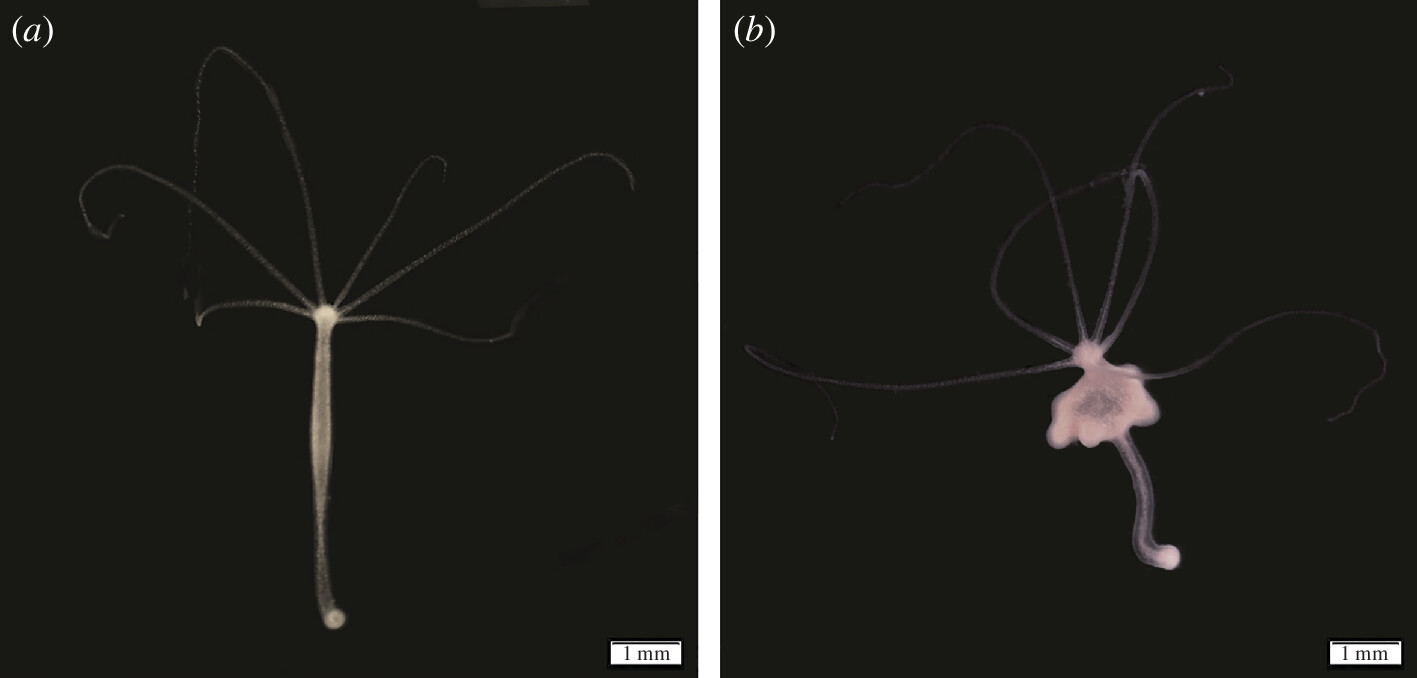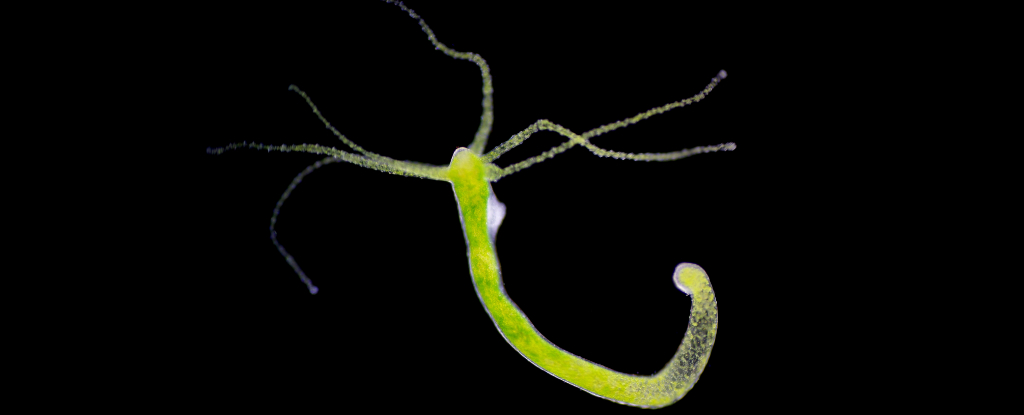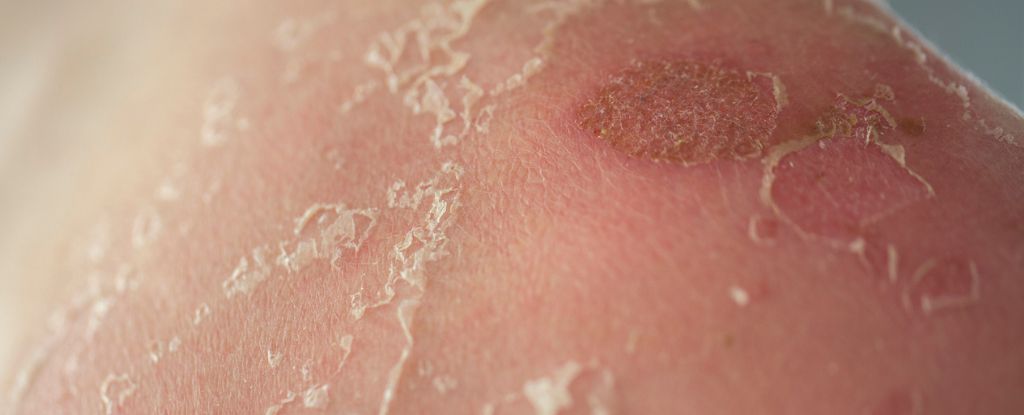Jellyfish-like creatures called hydras can develop tumors if overfed, which in turn can be passed on to their clone offspring.
A new study on this bizarre phenomenon not only reveals details about the process in hydras, but improves our understanding of transmissable forms of cancer in general.
While tumors are an inevitable risk of being a multicellular being, there are thankfully few examples of cancer that can be passed between individuals. The most well-known are two that affect the Tasmanian devil, another instance affects dogs, and 11 observed in bivalves.
Of course, we’re keen to understand how contagious cancers emerge in the first place; namely to avoid somehow conjuring them in our own species, but also in the hope of protecting other creatures from the terrible suffering Tassie devils face due to their facial tumor disease.
But all these known instances of transmissible cancer had been well-established by the time we found out about them, so evolutionary ecologist Sophie Tissot from the French National Centre for Scientific Research (CNRS) and her team had to take a different approach to tracing the origins of contagious cancers.
Conveniently, one freshwater creature related to jellyfish and sea anemones spontaneously developed tumors in a lab experiment 15 years ago in response to overfeeding.
Hydra oligactis, a freshwater creature related to jellyfish and sea anemones that is considered ‘immortal’ in many ways, reproduces asexually, cloning itself by forming little buds that break away to grow into a physically separate but genetically identical creature.
This, along with its propensity to form tumors under lab conditions, shows potential for researching the genetics of cancer development. Tissot and colleagues set out to show just how valuable this model can be for understanding the evolution of transmissible cancers.
“Using Hydra oligactis, which exhibits spontaneous tumor development that in some strains became vertically transmitted, this study presents the first experimental observation of the evolution of a transmissible tumor,” the authors write.
“This work, therefore, makes the first contribution to understanding the conditions of transmissible cancer emergence and their short-term consequences for the host.”
They collected 50 hydras from Montaud Lake in France, and set them up for a life in the lab.
To guarantee a high tumor development rate, budding, and thus increased chances of tumor transmission, the researchers fed some of these polyps an excessive amount of brine shrimp larvae five times a week, mimicking the conditions that prompted tumor development in an earlier study.

Nineteen of these overfed hydras, which were bulging with tumors after two months, were selected and their buds collected and grown under the same circumstances. The researchers followed this process through five ‘generations’ of tumor-forming clonal buds, selecting these from their non-tumors peers to beget the next generation.
To make sure the tumors were being transmitted from the parents rather than just arising spontaneously in each generation, the researchers looked to the descendants of cancer-free hydras. Hydras from parents that had tumors were four times more likely to develop tumors than those whose parents did not have tumors, even though all the hydras were genetically identical.
Through all this, the researchers confirmed that tumors can indeed be induced in H. oligactis, and that transmission rate can increase over time.
They also noticed the fifth generation of hydras carrying transmissible tumors began to show changes in life history traits compared to their tumor-free counterparts. They increased investment in asexual reproductive efforts before the tumor had a chance to develop, with budding slowing down after the tumors set in.
This seems to go hand-in-hand with another change, in which bud mortality was higher after the appearance of tumors.
“These modifications suggest an adjustment of life-history traits of the host to offset the tumor’s costs by producing more buds when they are more likely to survive and remain tumor-free,” Tissot and colleagues write.
They note that the scarcity of transmissible cancers may be more due to the lack of suitable environmental conditions for their spread, since at least in this study, the acquisition of transmissibility seemed to be no issue for tumor cells.
If this is true, they conclude, “it is crucial to consider these aspects in the study of ecosystems disturbed by human activities, as they could potentially modify the conditions that favor the spread of transmissible cancers.”
This research was published in Proceedings of the Royal Society B.





